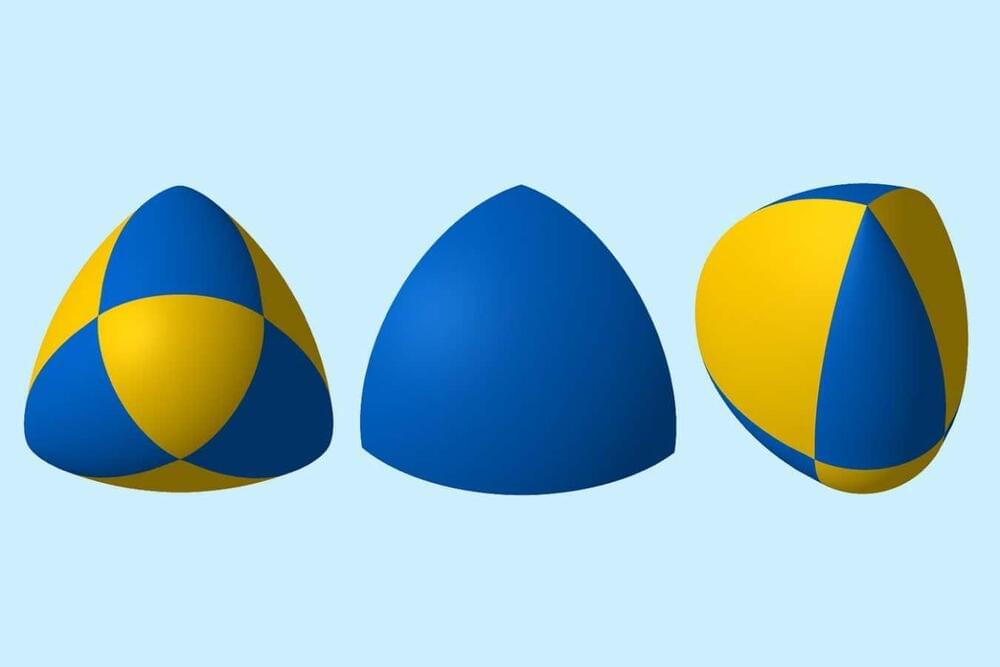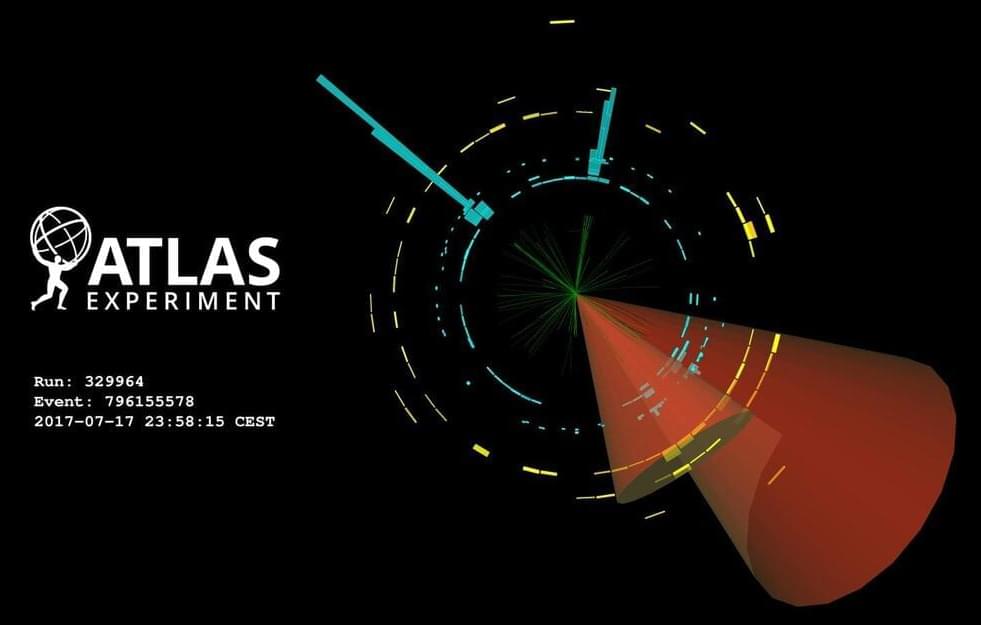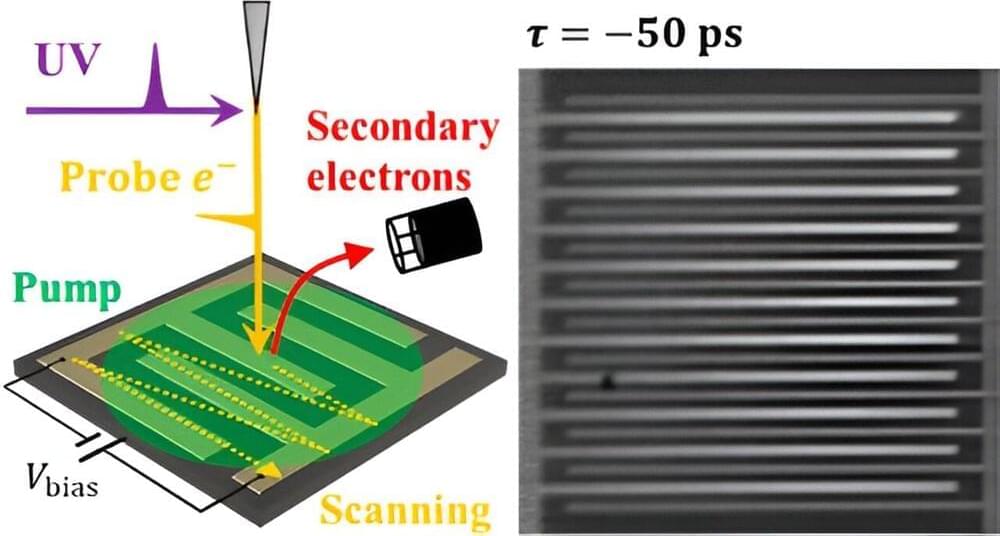Page 11
Jun 19, 2024
Mathematicians find odd shapes that roll like a wheel in any dimension
Posted by Shailesh Prasad in category: mathematics
Not content with shapes in two or three dimensions, mathematicians like to explore objects in any number of spatial dimensions. Now they have discovered shapes of constant width in any dimension, which roll like a wheel despite not being round.
By Alex Wilkins
Jun 19, 2024
A Radical New Magnet Without Rare-Earth Metals Is About to Change Motors Forever
Posted by Shailesh Prasad in categories: robotics/AI, sustainability
Jun 19, 2024
Baidu Self-Driving Taxi Launches in China
Posted by Shailesh Prasad in categories: robotics/AI, transportation
The launch of the RT6 was announced at the company’s Apollo Day, held in Wuhan, in Hubei province.
The vehicle, which is made by strategic partner Jiangling Motors, was first unveiled in 2022 but is now finally ready to be put into service. Around 1,000 are expected to be deployed in Wuhan alone by the end of 2024.
The all-electric model measures 15.7 feet long – very similar to a Tesla Model 3 – and comes with a spacious cabin for four passengers.
Jun 19, 2024
This Madlad Programmer Managed to Run Blender on a Nokia Phone
Posted by Saúl Morales Rodriguéz in category: mobile phones
Jun 19, 2024
Physicists find a new way to represent π
Posted by Saúl Morales Rodriguéz in categories: particle physics, quantum physics
While investigating how string theory can be used to explain certain physical phenomena, scientists at the Indian Institute of Science (IISc) have stumbled upon on a new series representation for the irrational number π. It provides an easier way to extract π from calculations involved in deciphering processes like the quantum scattering of high-energy particles.
Jun 19, 2024
Physicists combine multiple Higgs boson pair studies and discover clues about the stability of the universe
Posted by Saúl Morales Rodriguéz in category: particle physics
Remember how difficult it was to find one Higgs boson? Try finding two at the same place at the same time. Known as di-Higgs production, this fascinating process can tell scientists about the Higgs boson self-interaction.
Jun 19, 2024
A method to reversibly control Casimir forces using external magnetic fields
Posted by Saúl Morales Rodriguéz in categories: materials, quantum physics
The so-called Casimir force or Casimir effect is a quantum mechanical phenomenon resulting from fluctuations in the electromagnetic field between two conducting or dielectric surfaces that are a short distance apart. Studies have shown that this force can be either be attractive or repulsive, depending on the dielectric and magnetic properties of the materials used in experiments.
Jun 19, 2024
New technique achieves visualization of instantaneous states of materials in high-speed devices
Posted by Saúl Morales Rodriguéz in categories: innovation, materials
Researchers at University of Tsukuba have developed an ultrafast time-resolved scanning electron microscopy instrument by integrating a scanning electron microscope with a femtosecond laser. This innovative system facilitates the observation of the instantaneous states of various materials. Their paper is published in the journal ACS Photonics.
Jun 19, 2024
Vortex Power: The Swirl of Light Revolutionizing Quantum Computing
Posted by Paul Battista in categories: climatology, computing, quantum physics, space

Researchers at the Weizmann Institute of Science discovered a new type of vortex formed by photon interactions, which could advance quantum computing.
Vortex Phenomena
Continue reading “Vortex Power: The Swirl of Light Revolutionizing Quantum Computing” »

















